Experimental french planes serie
- Dassault Mirage MD750
- SNCASE SE.212 Durandal
- SNCASO Déver
- Nord Harpon
- Dassault Albatros
- Leduc 0.21
- SNCASO SO.4070 "Minerve" strategic bomber
- SNCASO SO.4000
- SNCASO SO.6021 Espadon
- SNCASO TRIDENT
The SO.9000 Trident was a prototype French aircraft developed by SNCASO. Its designer was Lucien Servanty, head of the Courbevoie workshop of the SNCASO.
Yes it is only a 280 parts plane.
A perfect plane for mobiles, while being quite detailed, with cockpit, and very pretty.

Controls
- AG1 : rocket engine (SEPR 481)
- AG2 : Lights
- AG3 : Arm Matra R511 missile
- TRIM to TRIM ...

How to use :
- Fly normally until you have detected a target, if it is fast, activate the rocket engine to be able to lock it, and destroy it.
- It is better to turn on the rocket engine only when needed, its use consumes a lot of fuel.
/!\ It's an interceptor, its range is limited, and it doesn't have a cannon.

History
(It's Wikipedia, If you are curious about this plane, it will save you from going to Wikipedia unnecessarily.)
At the request of the Air Force, which was interested in a supersonic interceptor, the SNCASO studied in 1951 the concept of an aircraft whose main propellant was a rocket engine, associated with one (or more) auxiliary reactors, mainly used for take-off in order to save fuel for the rocket engine. To reach very high speeds, the ramjet was also considered, but the funding for the study of this type of engine went to the Leduc prototypes. Two prototypes were ordered.
Given the constraints linked to the requested flight envelope, the aircraft selected was a single-seater, the wing shape selected being a straight wing of small span and extremely thin profile, with a practically square plan.
To obtain sufficient thrust, it was necessary to juxtapose several combustion chambers, which could be ignited separately or all together. In order to avoid any asymmetry in the thrust, this propulsion unit had to be located in the axis, therefore in the fuselage. Most of it was occupied by tanks of kerosene for the reactors or propellants for the rocket engines. As there was no room for them, the reactors were placed at the end of the wings. Their spindles act as marginal bulkheads, improving aerodynamic efficiency. The reactors chosen were Turbomeca Marboré II of 400 kgp each.

The empennage was of conventional shape, but composed of three fully movable one-piece surfaces, one vertical and two horizontal, actuated by hydraulic cylinders. The horizontal surfaces were originally provided with a strong negative dihedral, to simultaneously ensure piloting in pitch (depth) and in roll (warping). Subsequently, this dihedral was reduced to allow a more accentuated nose-up of the aircraft on take-off.
The landing gear was of classic configuration: two main wheels retracting into the fuselage, a front wheel. It was both narrow gauge and with very short legs, providing low ground clearance. The cockpit, located at the very front of the fuselage, was releasable as on the Leduc prototypes.
The first flight of prototype no. 1, with only the engines, took place on March 2, 1953.

The second prototype, produced six months later, crashed during its first flight on September 1, 1953 at the Melun-Villaroche air base. The aircraft had struggled to take off due to the weak thrust of its engines and the scorching temperature that prevailed that day, reducing the lift and the performance of the engines1. In fact, it was not high enough when, at the end of the runway, the aircraft hit an electric pole. The cabin detached from the aircraft at 300 km/h and bounced several times before coming to a stop, leaving its pilot Jacques Guignard seriously injured.
Tests continued with prototype no. 1, which made its first flight with the rocket engine on on September 4, 1954. After replacing its reactors with Dassault MD30-ASV5 with almost double the power of 750 kgp, prototype no. 1 reached the speed of Mach 1.63 in 1955 and exceeded 15,000 m in altitude. It was stopped in December 1956 and exhibited at the Air and Space Museum.

It was planned to install an AI radar in the nose and a Matra R511 missile in the ventral position

Characteristics
Manufacturer SNCASO
Interceptor role
Prototype Status
First flight March 2, 1953

Motorization
SEPR 481 engine + 2 × Turbomeca Marboré II
Number 1 + 2
Type rocket engine + 2 turbojets
Unit thrust 4,500 kgp + 2 × 400 kgp
Dimensions
Wingspan 7.57 m
Length 14.37m
Height 2.84m
Wing area 16.58 m2
Masses
Maximum 5,055 kg
Performance
Maximum speed 2,060 km/h
Ceiling 24,000m
This cool R511 missile is from WarHawk95

Since I have nothing more to write, I wish you a good flight.
Specifications
Spotlights
- NatsukiHoshino 3.5 years ago
- ShiroNeko 3.5 years ago
- Fineilldoitmyself 3.5 years ago
- AvalonIndustries 3.5 years ago
- Bryan5 3.5 years ago
- ThatRat 3.5 years ago
General Characteristics
- Created On Windows
- Wingspan 32.7ft (10.0m)
- Length 74.4ft (22.7m)
- Height 18.6ft (5.7m)
- Empty Weight 5,438lbs (2,467kg)
- Loaded Weight 12,060lbs (5,470kg)
Performance
- Power/Weight Ratio 13.975
- Wing Loading 34.6lbs/ft2 (169.1kg/m2)
- Wing Area 348.1ft2 (32.3m2)
- Drag Points 3984
Parts
- Number of Parts 280
- Control Surfaces 10
- Performance Cost 1,176

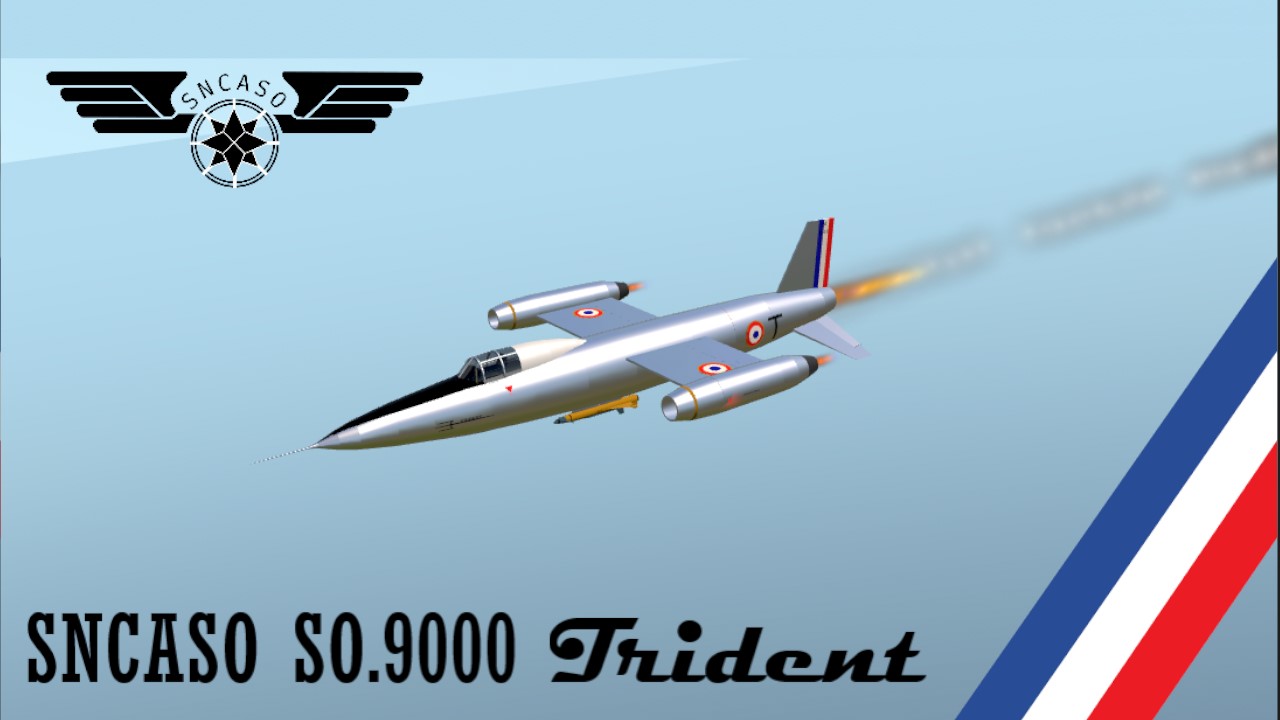
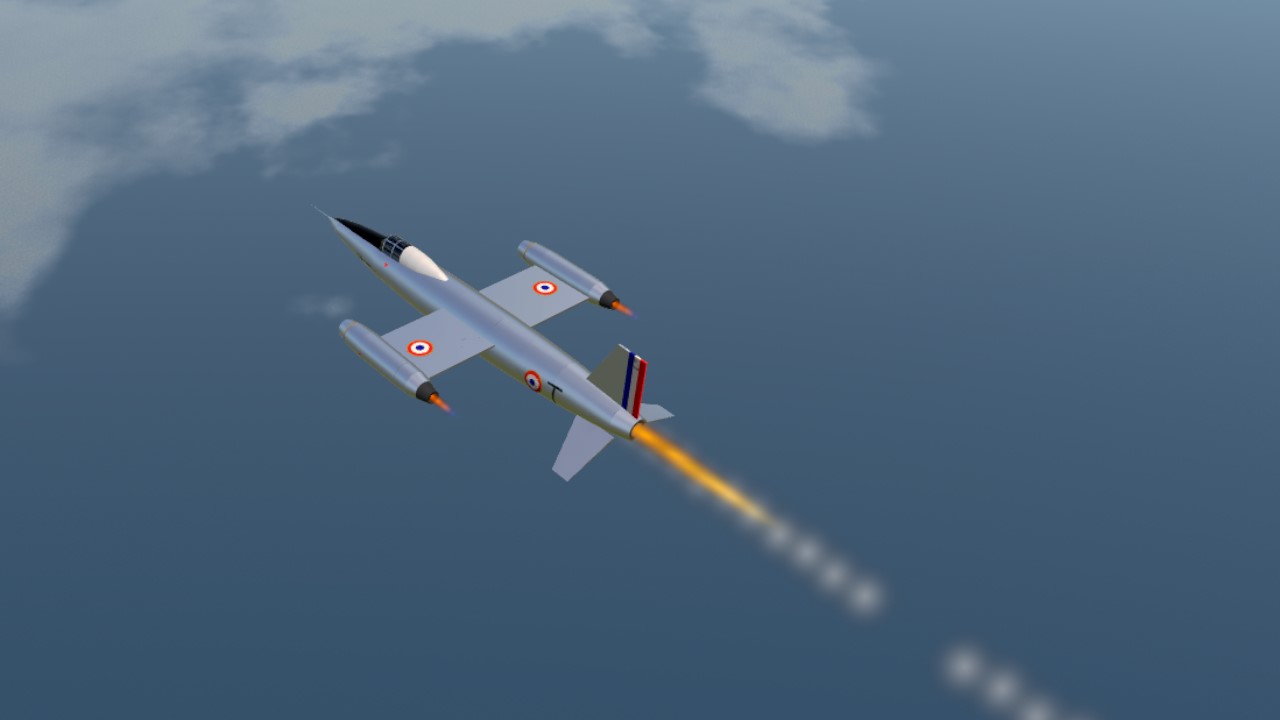
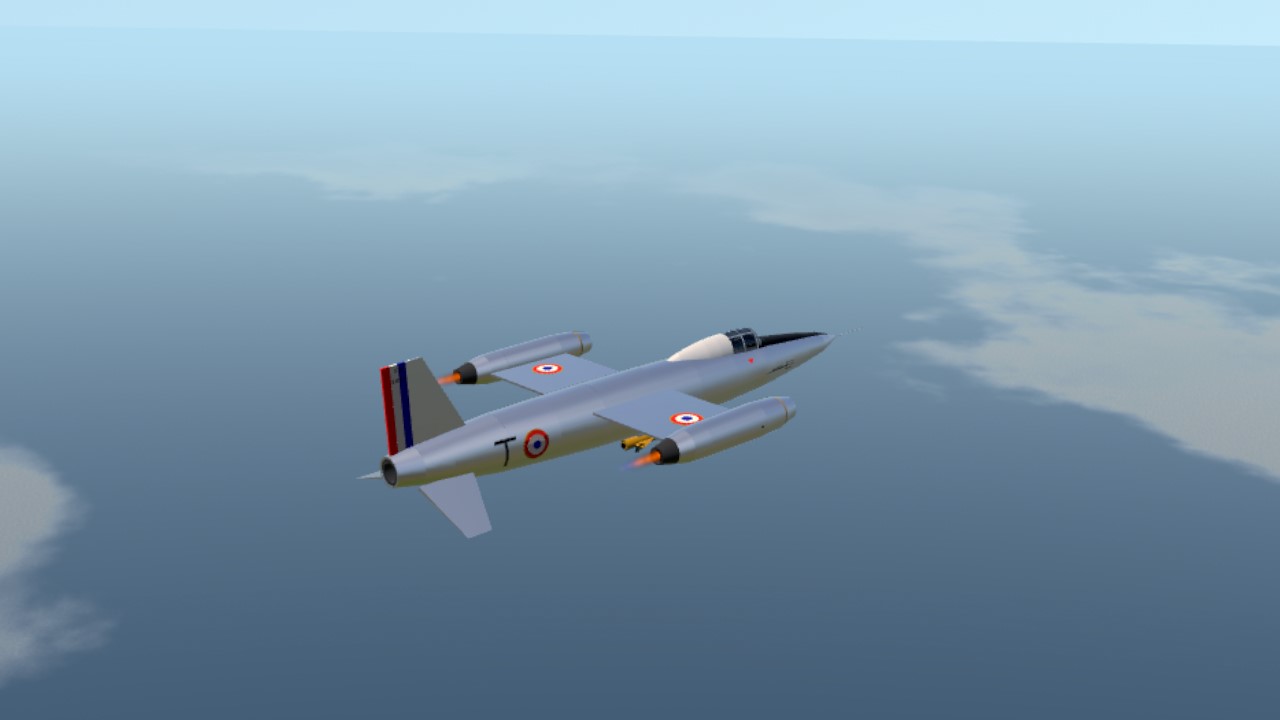
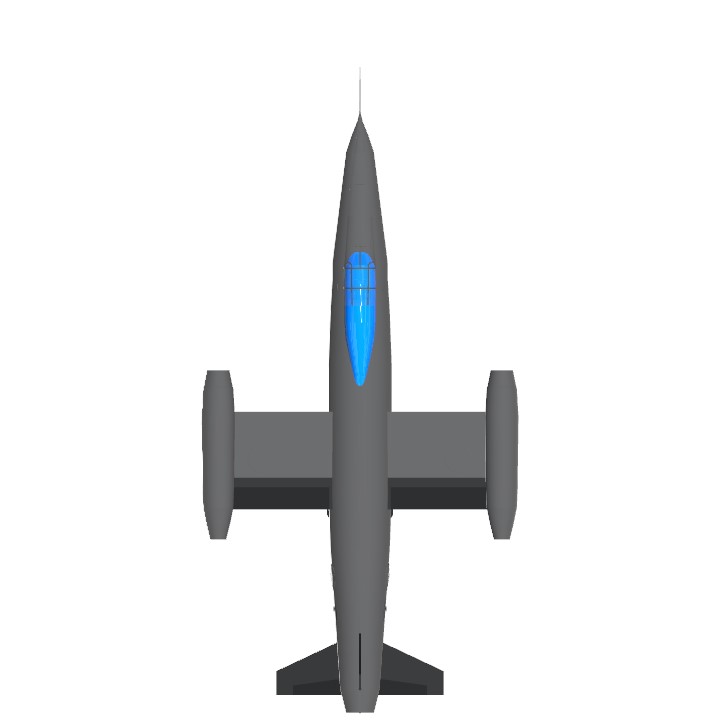
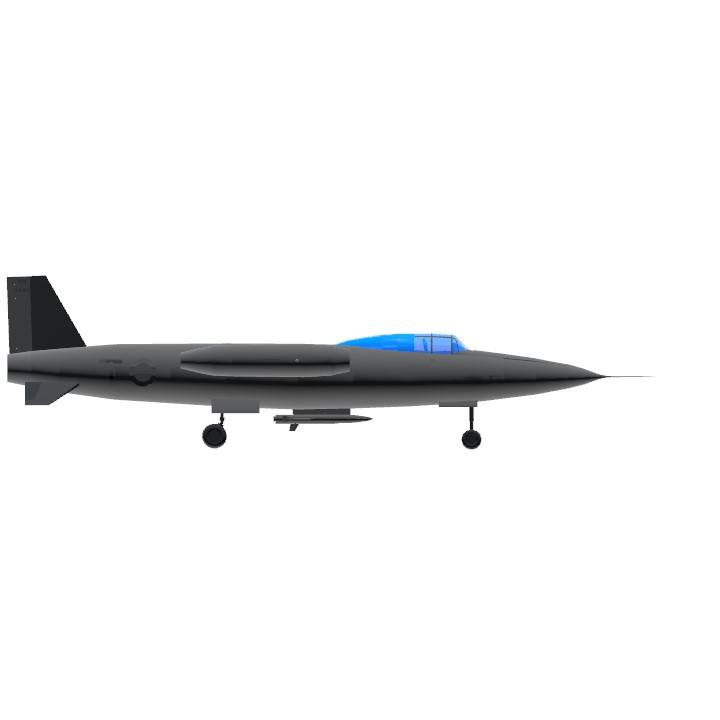

@CarrotSlicingCompanyCat Thanks !
This is amazing!